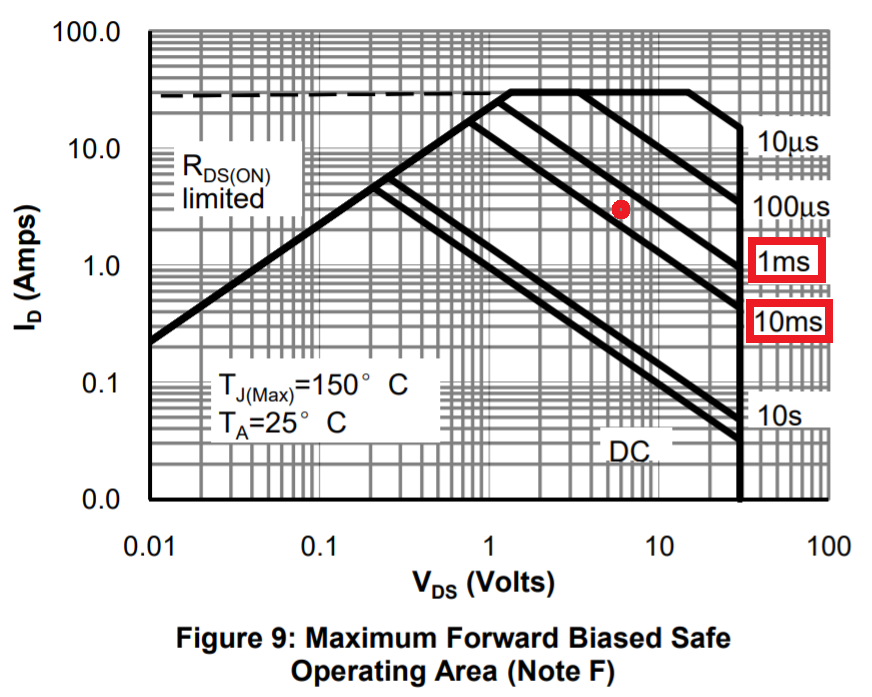I have a small SMD MOSFET [AO3400A] powering a small 12VDC motor which draws 1Amp in normal running mode (higher on turn-on but I can't easily measure that). When turning on this motor, it trips the power surge protection in my PSU. When I pre-load the PSU with other components, there's no trip-out. So, I want to soft start it, with as few components as possible.
I have built the attached circuit which works perfectly for non-inductive loads (eg 70W LED COB); the light comes on slowly. However, with a motor it blows the MOSFET so that when 3v3 is removed the motor continues to run (at half speed). Interestingly [with a new MOSFET], when the 20k resistor bypassed the motor starts immediately, and then ramps down as the cap discharges ... as expected. But why would adding RP3 to slowly charge the capacitor cause the MOSFET to blow?
Using a STP16NF06 TO220 MOSFET does not have this problem.
The PSU is rated 150W, and others on my desk of the same model don't trip... but I need to design to deal with the odd sub-standard PSU. In normal running the PSU is fine up to 12 amps.
I am powering the 3V3 with a microcontroller so I could in theory use a PWM start, but would that prevent the inrush current problem? I would suspect not.



